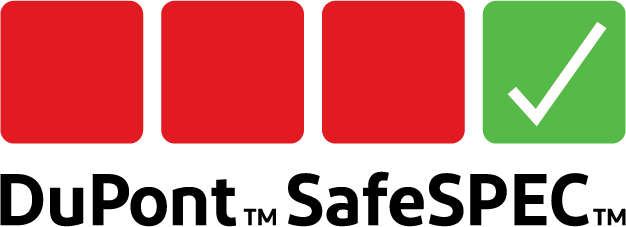Protective Garments for Emergency Responders
Firefighters and other emergency responders can come into contact with many different toxic chemicals and biological agents in the course of their duties. Skin contact, as well as through the eyes and lungs, can represent a significant path of exposure for a huge proportion of industrial chemicals, bloodborne pathogens and chemical and biological warfare agents. It is therefore vital that protective clothing is available that provides the most appropriate barrier protection for the risk, or risks, concerned.
What factors to consider when selecting protective garments?
When selecting protective garments, the nature and scale of hazards, their likelihood, frequency, severity, location, expansion potential, concurrence with other hazards and the availability of resources to deal with them are amongst the factors that must be considered. For instance, emergency response garments are often worn for long periods in very intense, stressful environments and in locations which may be physically inaccessible. This calls for protective clothing that is not only effective technically but can cope with the duration and intensity of the response exercise.
Respirators, protective clothing, face and eye protection, gloves and protective footwear are needed during incidents involving biologic materials to minimize inhalation, limit skin contact and avoid contamination of clothing worn under the protective garment. Personal protective equipment (PPE) must be the correct size, be worn properly, changed if damaged, and taken off in a way that does not contaminate the wearer or others. PPE must be discarded in a way that does not spread the potential contamination. The various PPE should work together — one item should not interfere with the fit and function of another.
Biological warfare agent protection
Tychem? 6000 F provides an effective barrier against biological warfare agents. Tychem? 6000 F should be selected if there is a threat of a chemical agent or the risk of continuous exposure to attack in addition to the biological threat. However, it is important that the garment design excludes the possibility of agents being drawn in at the wrists or ankles by the "bellows" effect.
Chemical warfare agent protection
Military decontamination teams require a lightweight decontamination suit or coveralls with a very high protection performance against all kinds of chemical warfare agents. Tychem? 6000 F provides an exceptionally high level of protection for long periods against all tested chemical warfare agents in liquid, vapour and aerosol forms. Tychem? 6000 F has been tested by TNO Laboratories in The Netherlands having passed standard NATO tests for chemical warfare protection. The results below confirm that Tychem? 6000 F is a very effective barrier to chemical warfare agents:
*Chemical warfare agents have been tested according to MIL-STD-282 at 22°C and according to FINABEL 0.7 at 37°C - Please visit DuPont? SafeSPEC? for a full set of results. The permeation data has been generated for DuPont by TNO Laboratories.
Tychem? TK Garments
Specially developed to help protect against toxic corrosive gases, liquids and solid chemicals, DuPont? Tychem? TK, is a limited-life, gas-tight suit for use with self-contained breathing apparatus.
DuPont? Tyvek? 800 J Coveralls
Tyvek? 800 J is a new, limited-life Type 3* chemical protective garment from DuPont that combines resistance to pressurised jets of water-based chemicals with breathability, durability and freedom-of-movement thanks to its 'Tyvek? Impervious Technology'.

Resource library
Find technical information, videos, webinars and case studies about DuPont PPE here.

